
Early learnings on use of the minimally invasive alternative to surgical bypass
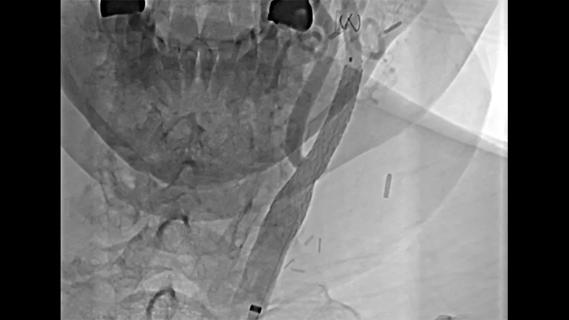
Insights from the Cleveland Clinic experience and a multispecialty alliance
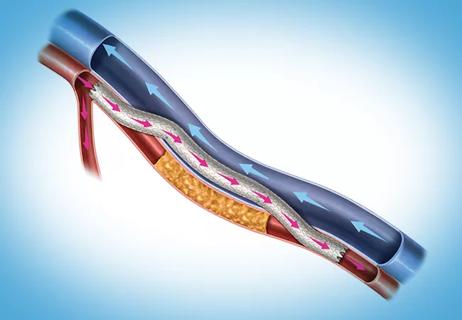
Larger data set confirms safety, efficacy and durability for SFA lesions over 20 cm
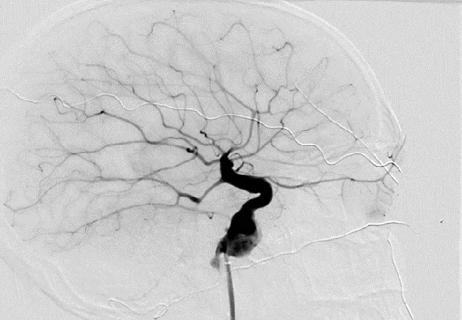
Cleveland Clinic findings prompt efforts for broad data pooling
Advertisement
Cleveland Clinic is a non-profit academic medical center. Advertising on our site helps support our mission. We do not endorse non-Cleveland Clinic products or services. Policy
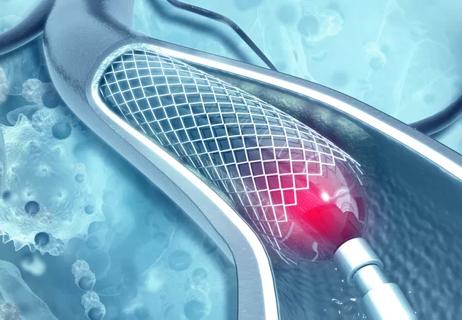
Benefits of new FDA safety determination go beyond expanding patients’ options
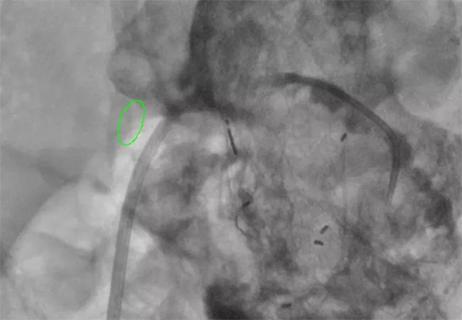
Technique features heavyweight guidewire and electrocautery to access the aortic sac
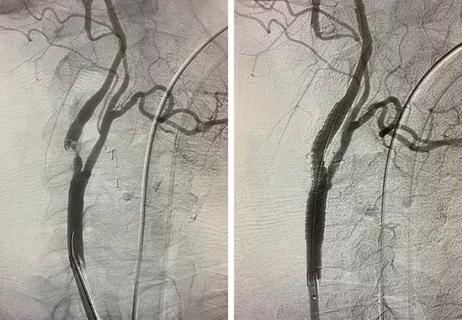
A look at where TCAR and transfemoral carotid stenting are likely headed
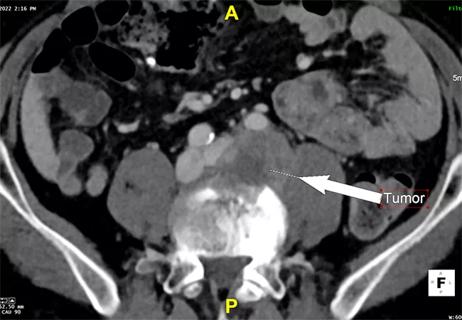
Invasion of the lumbar spine and iliac vein made resection risky
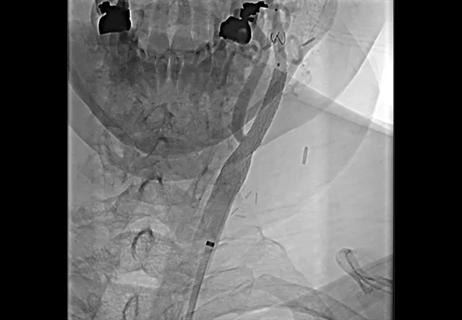
JACC review calls for CMS to update coverage decision
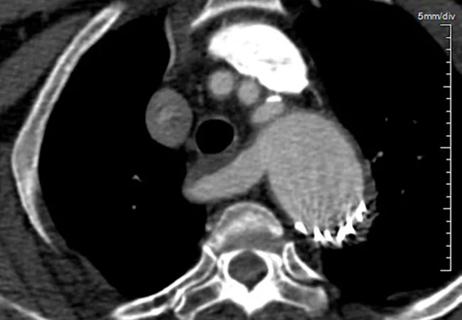
Cleveland Clinic experience points to a symptoms- and complications-based approach
Advertisement
Advertisement